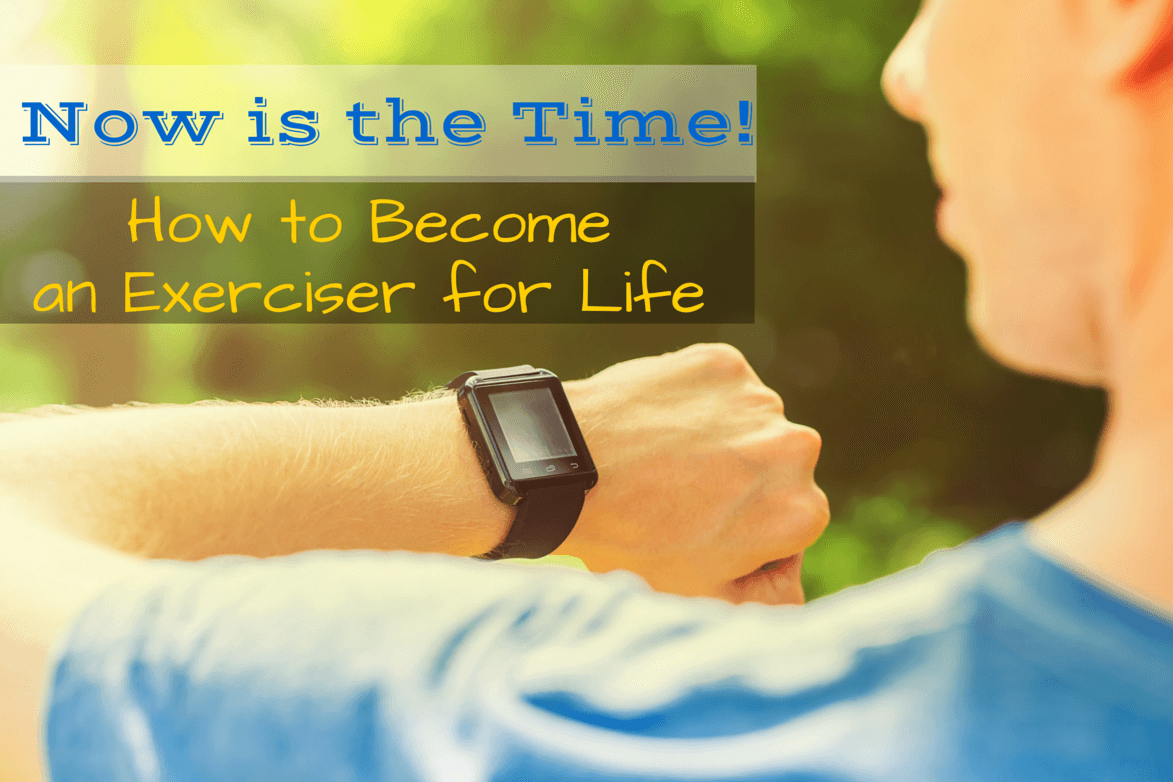|
Making exercise a part of your routine is a challenge. Finding an activity you love and finding the time to do said activity on a regular basis requires determination, but the benefits are so worth the effort. A consistent exercise routine offers so many benefits to your mind and your body, many of which you are probably already beginning to experience if you've been active for some time. Now it's time for some tough love. We all have our own ideas about exercise—what "counts" as a workout, how much we need to do and how it benefits our lives. But some of those ideas are flat out wrong (or simply misguided). If you're exercising and not seeing the results you had hoped for, it could be that you're missing out on these eight truths about exercise. They may be hard to hear, but trust that I'm sharing them with you for good reasons. Understanding these realities will only make the habit of exercise easier for you—and help you get even better results from your efforts. 1. Working out will always feel hard.Exercise is work. It elevates your heart rate, makes you somewhat breathless and causes your muscles to burn. It's tiring, sometimes exhausting. Yes, exercise does get easier with time, but it will never be "easy." If it were easy, it wouldn’t be exercise. Beyond just getting your body moving (which is great but will only get you so far), exercise has to challenge you. You have to work past your comfort zone in order to train your heart, lungs and muscles to get stronger and fitter. Over time, yes it will become easier to walk at the three mile per hour pace you started, but once that becomes easy, it's time to walk faster, which brings me to another cold, hard truth: You have to work harder as you get fitter. Think of exercise as a challenge to continuously improve on what you just accomplished. 2. Not every movement or activity counts as exercise.Let me preface this one by saying that any body movement is good for you. Whether you're fidgeting at your desk, walking across the office to talk to a co-worker, taking a single flight of stairs instead of the elevator, or playing Wii tennis—all movement is good, especially when you're just starting out. But here's the real truth: Not all movement is "exercise." The two are very, very different.For any activity to count as true exercise, it has to meet certain parameters, like lasting at least 10 continuous minutes (so those stairs you took or that walk from your car to the store doesn't count as a workout), it has to elevate your heart rate to an aerobic level (that aforementioned "hard" feeling) and more. If you count all of these "activities" or body movements you do each day as workouts, then you are only shortchanging yourself—and you could be hurting your weight loss efforts. 3. One workout may not undo a sedentary lifestyle.Working out really matters for your health and longevity, but more research these days is telling us that simply exercising—whether 10, 30 or even 60+ minutes a day—may not be enough to offset the effects of an otherwise sedentary lifestyle. Just because you exercise doesn't mean it's okay to be a couch potato the other 23 hours of the day. Sitting, driving, working from a computer, sleeping—all of these "inactivities" make up the bulk of many people's days, and the longer you sit still, the worse the effects can be on your health. I talked a little about "activity" versus exercise above, and this is where those extra non-workout activities do matter. They may not be true workouts, but they do have benefits. More movement is good—and that is how you achieve the benefits of an active lifestyle. 4. You're not burning as many calories as you think."Burn up to 800 calories an hour!" How often do you see phrases like that advertised on group classes, workout videos and other fitness products? The truth is, most of these numbers are seriously inflated, and the average person won't burn a fraction of that claim. This is the case for treadmills, stationary bikes and other cardio machines, too. Those "calorie burn" screens can be off by 30 percent or more. When it comes to weight loss, you're better off with a conservative approach to calorie burn. Assume you're actually burning fewer calories than a tracker or machine says you are. A better way to gauge what you're really burning is by wearing your own heart rate monitor. While a general fitness tracker would tell me that an hour of Spinning burned some 600+ calories, my HRM (using my gender, weight and actual heart rate during the workout) showed closer to 400. That's a big difference that could really affect one's weight loss. 5. It won't allow you to eat whatever you want.A walk around the block doesn't earn you a brownie. That yoga class doesn’t mean it's okay to indulge in an ice cream sundae this weekend. How often do you "reward" yourself for working out by undoing most of your efforts with one or more dietary splurges? Remember, exercise really doesn't burn as many calories as people assume it does, so a single workout—even a rigorous one—won't come close to offsetting just one big splurge. Yet, I know many people who justify their food choices by saying "I worked out today." If weight loss is your goal, you have to keep these splurges in check; otherwise, you'll be fighting a losing battle and never really get ahead in the calorie equation. 6. Exercise alone won't change your body.This is probably one of the biggest misconceptions I see. Most people believe that simply by exercising more, harder or with some "magical" combination (think "muscle confusion"), they'll get rock hard abs, chiseled arms and toned legs. Wrong! Exercise will not change your body much at all unless you are also cutting calories. To really change your physique, you have to do it all: watch your diet, consume fewer calories than you burn, and exercise with a combination of cardio and strength training. The same goes for dieting: Cutting calories will result in some weight loss, but your body will not necessarily look more cut if exercise isn't also part of your plan. 7. You have to do it forever.A lot of people don't like to exercise, but they manage to stick with it in order to lose weight. Once they reach that goal, it becomes easier to slack off and then lose the habit entirely. But whether your goal is to lose weight, look better, improve your health or just to feel good, you're only going to reach—and maintain—that result by continuing to exercise after you reach that goal. The benefits of exercise are quickly lost, too. You actually lose your strength and endurance far faster than it took to build up (unfair, right?). You can lose muscle strength in just a couple weeks off from pumping iron, and cardiovascular endurance? It starts diminishing when you rest just two days! This is why it's important to find a routine that you enjoy and can stick with for the long haul. 8. Routine is the enemy of exercise.I love routine as much as the next person, but the gym is not the place for it. For the best results, you have to change up your workouts often. This is good because it can help prevent boredom so you'll stick with it, but it will also prevent plateaus in your progress. For creatures of habit, or exercisers who lack creativity, this can be a real challenge. Luckily, there are tons of ways you can mix up your workouts without becoming a gym rat or earning a personal training certification. The important thing is that you do it. Don't let your workouts become stale, and don't let your muscles get too conditioned to doing the same old thing for months on end. That's why lifelong exercisers are always reaching for new goals and trying new things. Not only is it fun, but it challenges their bodies in new ways so they always stay fit—and have fun doing it. There you have it. Sometimes the facts are hard to hear, but ultimately, the truth can be liberating—and help you really become your best in the gym and in life. |
More From SparkPeople
|




















